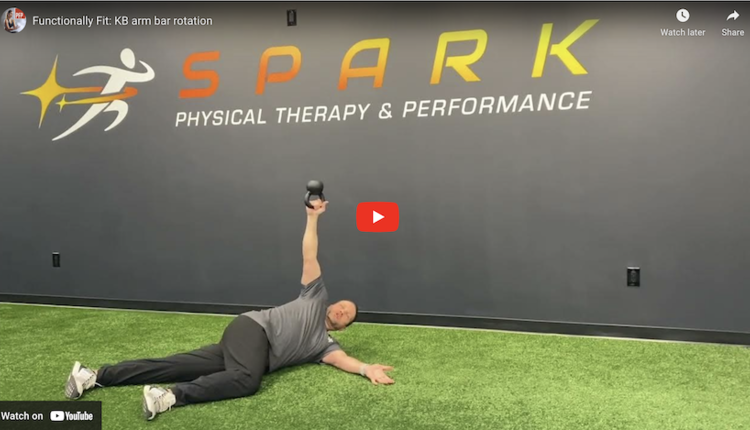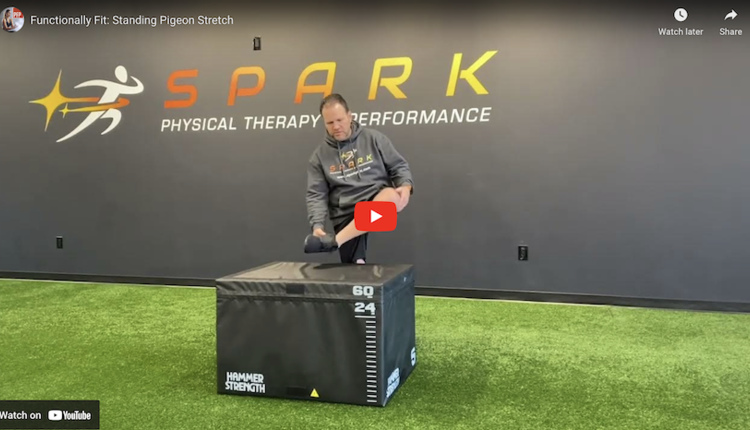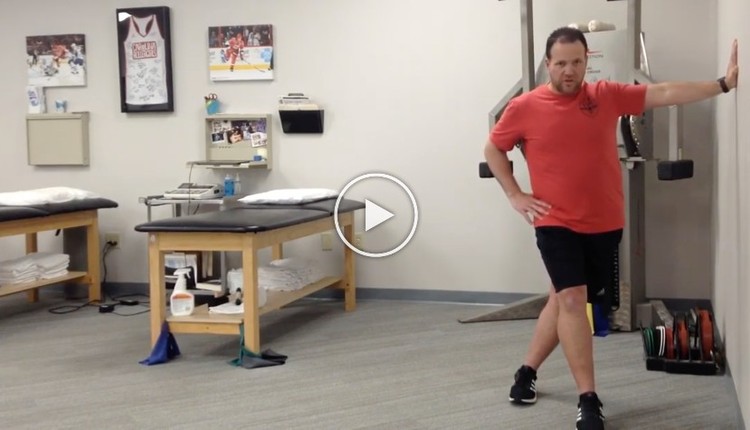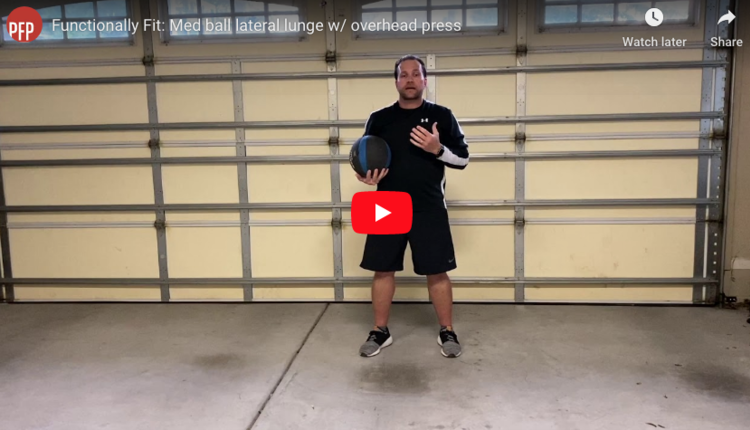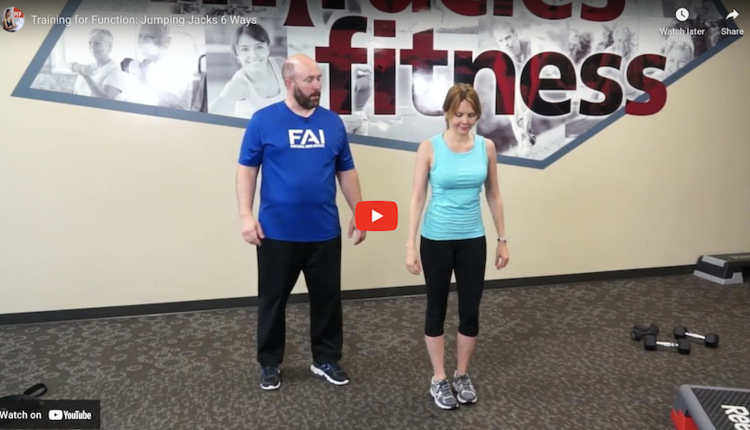If you are familiar with do it yourself slosh pipe training and enjoy the challenges it provides, you will be a fan of the Surge Storm. In the next two columns, I will demonstrate how to utilize water and the unsteady resistance it offers to take your training to the next level using training tools in the Surge family.
Training to improve total body strength and building a stronger pillar (shoulders, torso and hips) should be the aim of most exercises as it will translate to improved performance and reduced injury risk. The Surge Storm allows for an added challenge to the entire pillar when used during overhead lunge walking by way of the shifting water inside the apparatus.

Execution: Fill the Surge Storm with desired amount of water to achieve the ideal weight or challenge level for the client. Grasp the Storm with the two vertical handles and position it directly overhead. The feet should be shoulder width apart and the elbows slightly flexed. The slight elbow flexion allows for more stability through the arms and should reduce the likelihood of excessive lumbar extension during the movement.
Once a stable position is achieved with the core actively engaged, step forward with the left leg and into a full lunge. Rise up and bring the right foot even with the left. Now step forward onto the right leg and into a full lunge. Repeat this reciprocal movement pattern for a set distance or number of reps.

Progressions:
1. Perform a step-over-step motion without bringing the legs even prior to the next lunge.
2. Increase the water level
Regressions:
1. Perform traditional lunges in alternate fashion
2. Perform a stationary lunge (split squat)
Application: This exercise offers a great way to build total body strength and improve pillar stability. The water provides a consistently variable resistance that will increase the difficulty of the overhead walking lunge. The Surge Storm can be used with beginners and advanced users alike simply by adjusting the water level accordingly.
Precautions: For clients with existing shoulder dysfunction (rotator cuff or labral injury, arthritis, or a history of instability), this exercise may place some strain on the shoulder especially if the client is not using their legs and trunk sufficiently. Therefore, use caution and consider doing the activity with little to no water initially.





